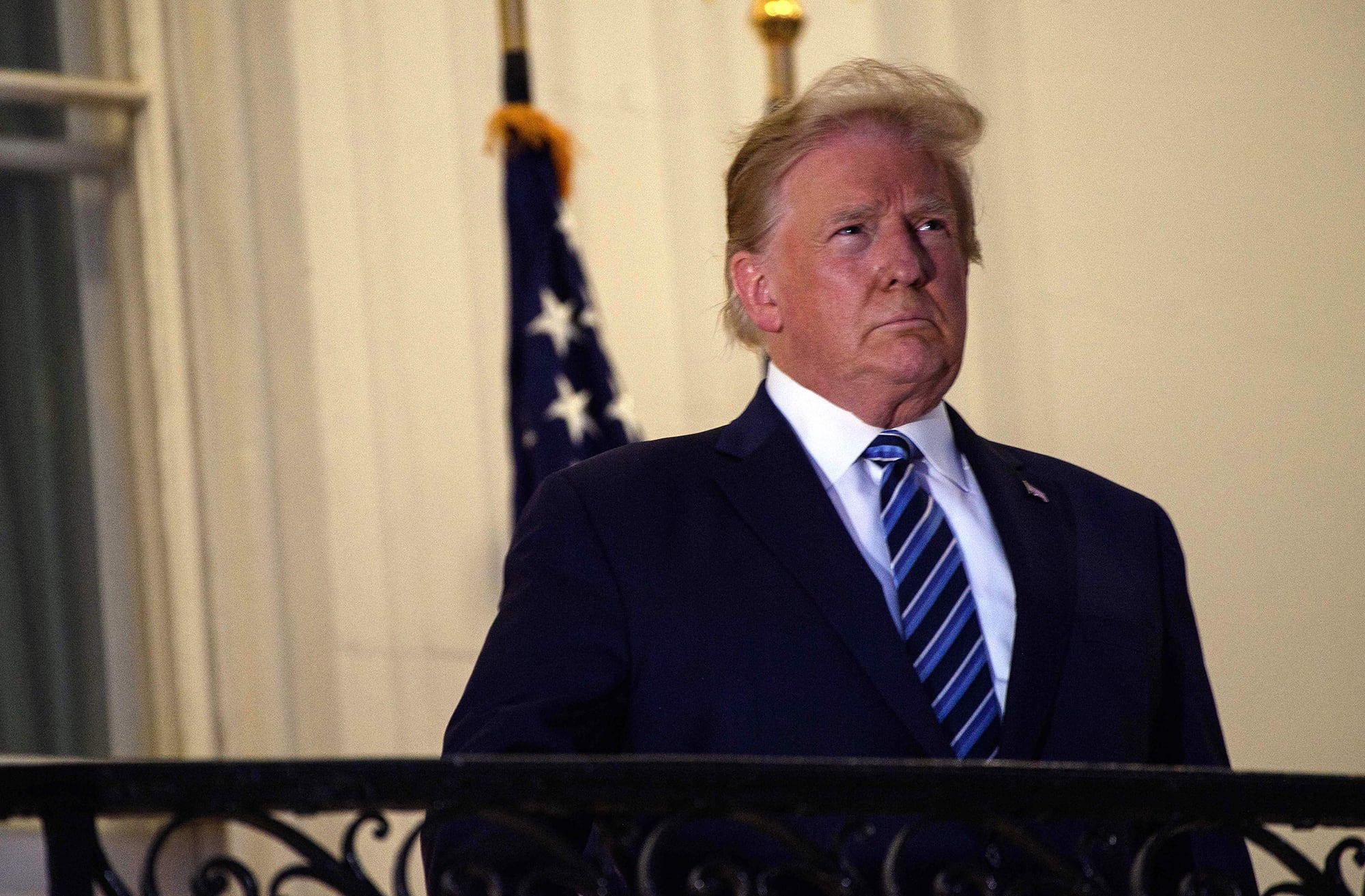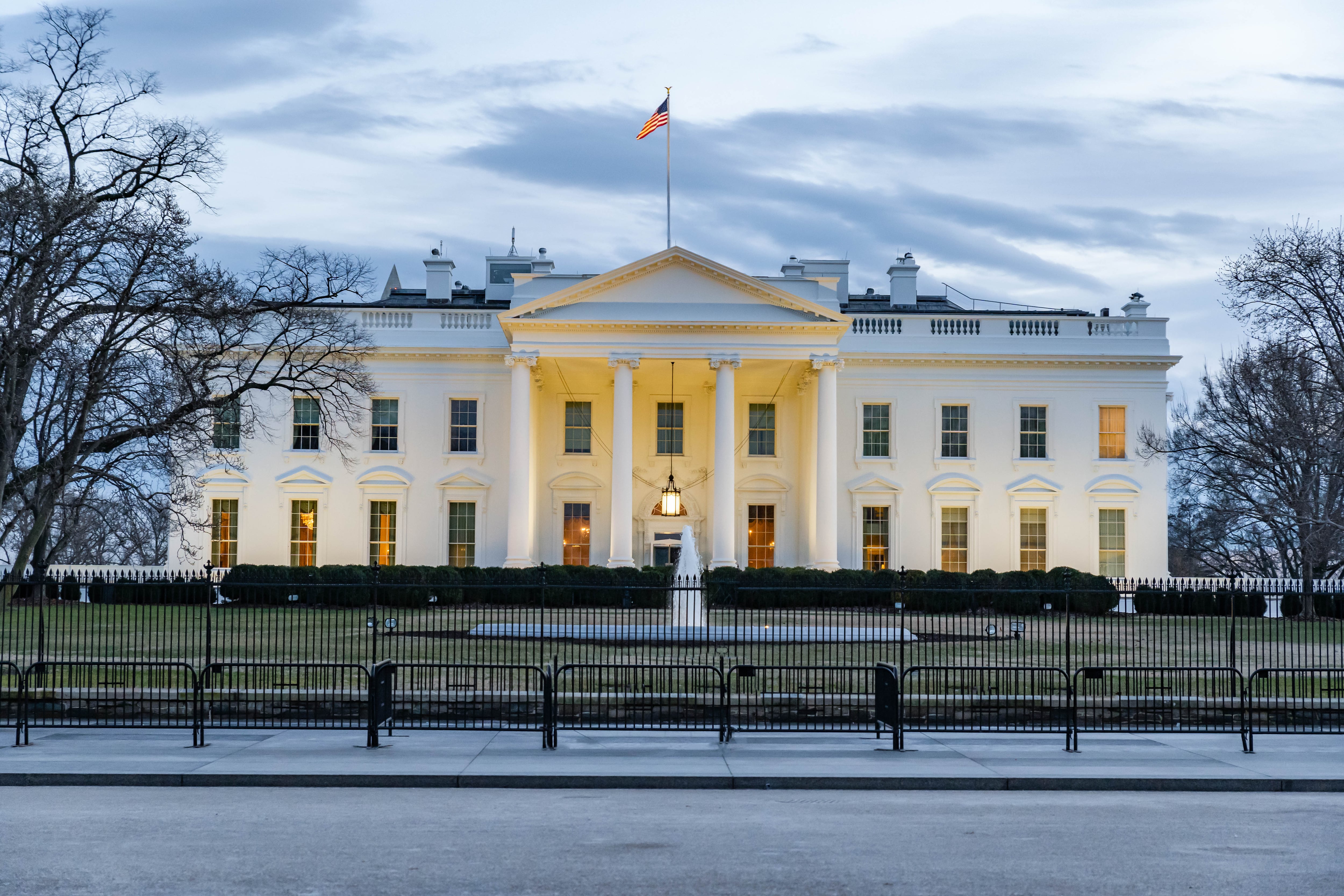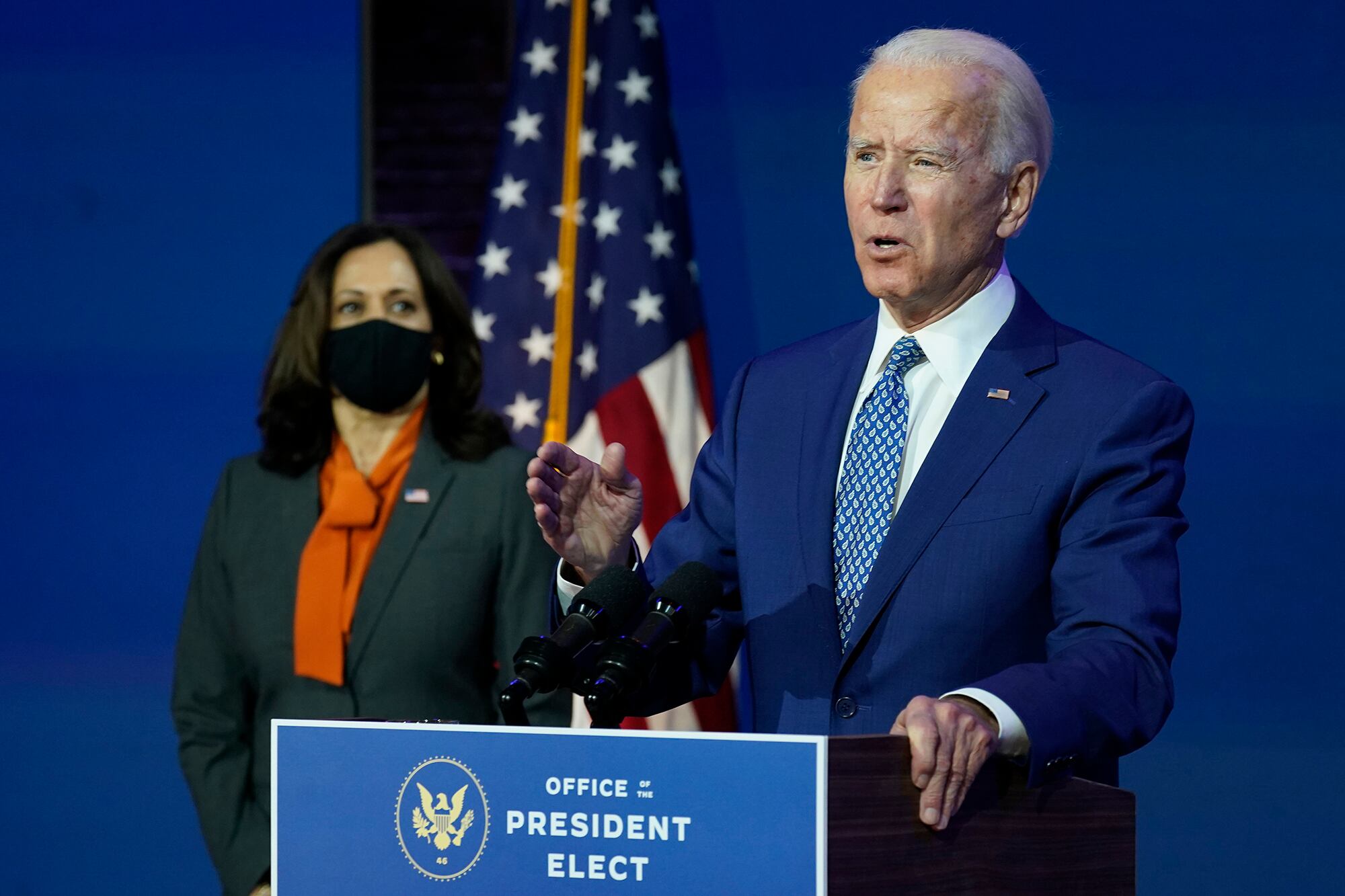President Donald Trump’s administration has become infamous for high-level officials who don’t stick around long, whether by public scandal, private sector job offers or fallings out with the president.
Former White House Communications Director Anthony Scaramucci’s six-day stint in his position became a byword for shockingly short tenures and was even jokingly used as a measurement of time to show how briefly something lasted.
The Brookings institution found in tracing turnover in President Donald Trump’s “A Team” — essential positions in the Executive Office of the President that enable the development and pursuit of presidential policy — that Trump not only had more total turnover than any president since Regan but also had more than twice as much turnover than any other president in his first year in office.
RELATED

Trump also had significant serial turnover, with positions like the communications director and deputy national security adviser having six different occupants throughout the four-year term.
Turnover in Trump’s Cabinet has been equally high, with just six of the original Cabinet member or Cabinet-level positions still filled by their original occupants. Two Cabinet members — Transportation Secretary Elaine Chao and Education Secretary Betsy DeVos — resigned in the last month of the Trump presidency after his supporters stormed and broke into Capitol Hill during the electoral vote certification.
By contrast, 17 of President Barack Obama’s original Cabinet members and Cabinet-level officials stayed in their roles for the duration of his first term in office.
RELATED

Even disregarding the top officials that fill the president’s staff and Cabinet positions, the U.S. government currently has around 4,000 positions that are filled by political appointment, more than any other democracy. That number is also nearly double what it was around 60 years ago.
“A big change would be [one] that John McCain and Russ Feingold proposed in 2010, which is the cutting of political appointee staff. It would save $800 billion over 10 years, it would make transitioning into government much easier, and it would make the government a much better-functioning organization,” said Partnership for Public Service President and CEO Max Stier.
For incoming administrations, political appointees can offer the advantage of getting people that support presidential policy imperatives into the decision-making roles at agencies.
But for agencies, the consistent churn of those officials every four years or so means that career employees are forced to abandon or rework previous efforts to match the new management styles of cycling leadership.
RELATED

It is an inherent part of American government that the highest-level officials at most agencies change with whomever is in the White House — sometimes even more frequently — and that those new leaders have policy plans and imperatives that differ from previous leadership.
But as politically appointed positions have permeated deeper into the leadership ranks at agencies, career feds have to contend with not only changing policy directions but also changing perspectives on how that policy is best accomplished.
At the same time, the career civil servants will inevitably have a better understanding of agency operations and how certain management initiatives have failed or succeeded in the past.
According to Stier, the consistent churn of leadership can also make federal employees more resistant to structural change, as the next guy in charge is just as likely to want to completely rework how things are done.
Positive changes at the Department of Health and Humans Services, for example, went into a tailspin after the loss of core leadership.
RELATED

“The assistant secretary for management left after [Secretary Tom] Price was fired, and all of his work just petered out and went to nothing,” said Stier.
“It’s no question that when you lose the leader driving that change, it’s very hard to have that change continue, especially when the new person coming in is likewise going to be short term, and coming from the outside, and trying to create their own mark, and inevitably walks in with skepticism about the value of whatever the predecessor did.”
For members of Congress, leadership turnover has also presented issues when pursuing efficient presidential transitions, as the sheer number of positions that require candidate searches, selections and approval processes can tie up much of the short period of time between Election Day and inauguration.
Congress could choose, therefore, to cap the number of lower-tier political appointments and work with the incoming Biden administration to convert many such positions to career roles.
Jessie Bur covers federal IT and management.





